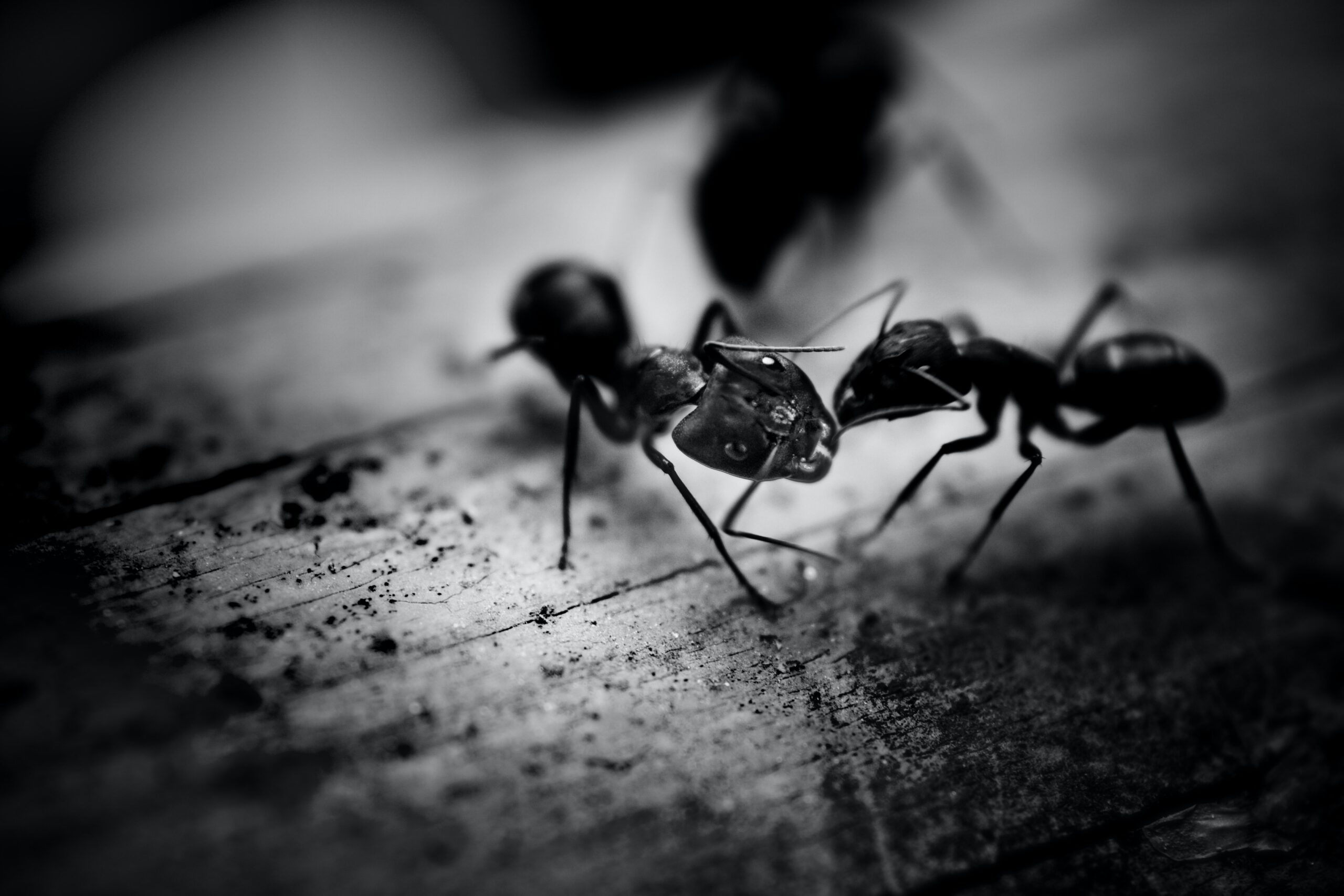
Ants live in highly organized colonies, working together to achieve common goals. One of the keys to their success is their ability to communicate effectively with each other. In this article, we’ll explore how ants communicate and the different ways they use to convey information.
Ants communicate using a combination of chemicals and physical cues. Chemical communication is done through the use of pheromones, which are scents that ants produce to convey information. Pheromones can be used to mark trails, attract mates, and even alarm other ants. For example, when an ant finds food, it will lay a trail of pheromones back to the colony, allowing other ants to follow the trail to the food source.
Physical cues are also used by ants to communicate. Ants use their antennae to touch and smell each other, which allows them to exchange information and coordinate their activities. Ants also use touch to signal danger, as when an ant bumps into another ant, it signals that there is a threat nearby.
One of the most fascinating forms of communication in ants is the “dance language.” This is used by scout ants to communicate the location of food to other ants in the colony. Scout ants will return to the colony and perform a series of dances to indicate the direction and distance of the food source. Other ants will follow the dances to locate the food.
Ants also use sound as a means of communication. Although they do not have vocal cords, ants can produce sounds by stridulation, which is the rubbing of body parts together. This can be used to signal danger or to attract mates. For example, the queen ant produces a specific sound to attract male ants during mating season.
Another way ants communicate is through the exchange of food. This is called trophallaxis and is used to transfer information and strengthen the bonds between ants in the colony. When an ant encounters another ant, it may regurgitate some of the food in its stomach, allowing the other ant to feed. This exchange of food can help to convey information about food sources and other important information.
It’s also important to note that communication between ants is not always direct. Ants can also communicate indirectly by leaving chemical trails that are picked up by other ants. These trails can be used to mark territory, attract mates, or signal danger. In this way, ants are able to communicate information even when they are not in direct contact with each other.
In conclusion, ants have a complex and sophisticated system of communication that allows them to work together effectively in their colonies. From pheromones to physical cues, ants use a variety of methods to exchange information and coordinate their activities. Understanding how ants communicate is crucial to understanding the workings of ant colonies and the success of these fascinating creatures.
In case you’re interested in keeping ants as pets, keep in mind that different ant species have different communication systems, so it’s important to do research and learn about the specific species you’re interested in. With proper care and attention, ant keeping can be a fascinating and rewarding hobby.




